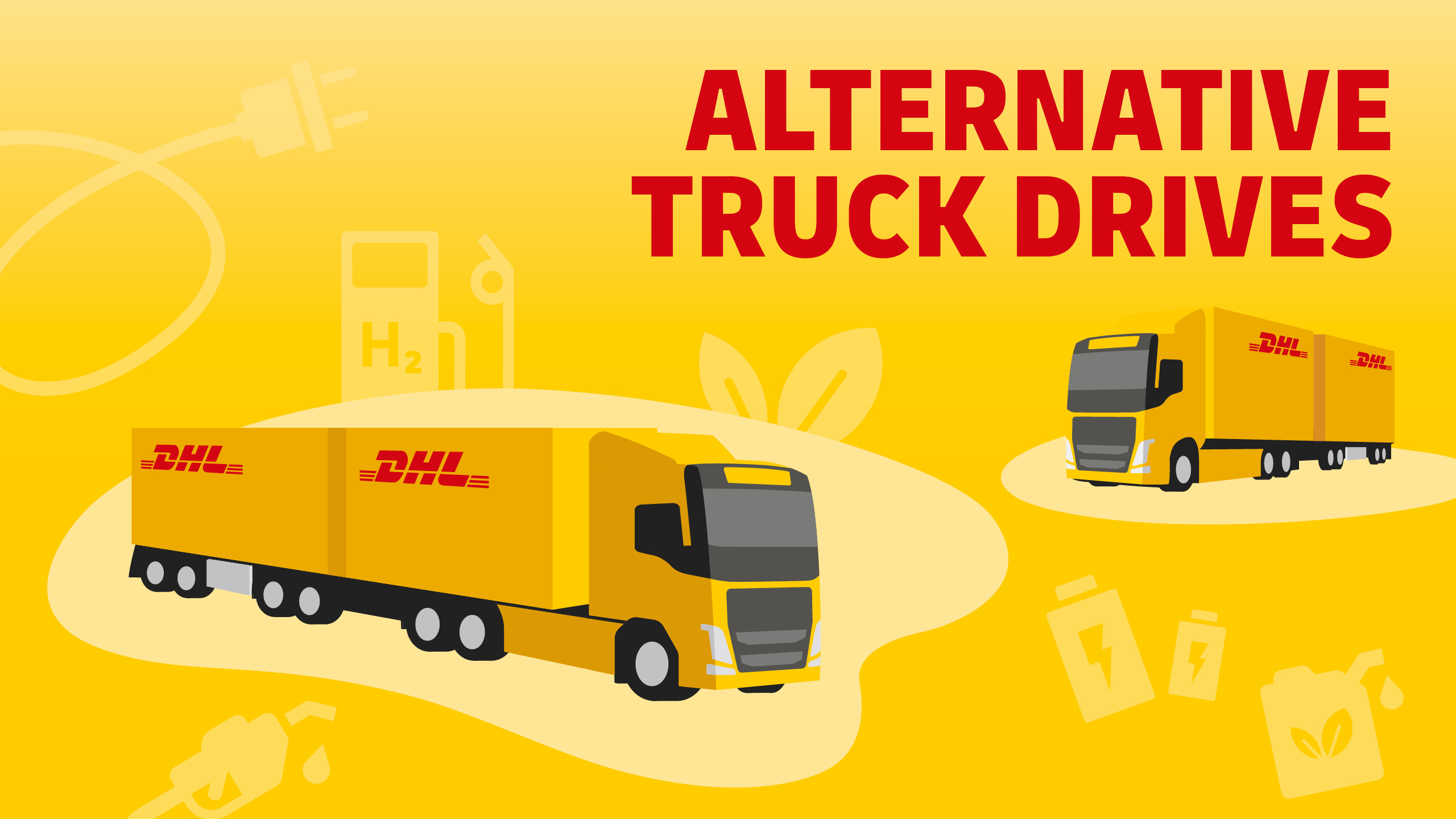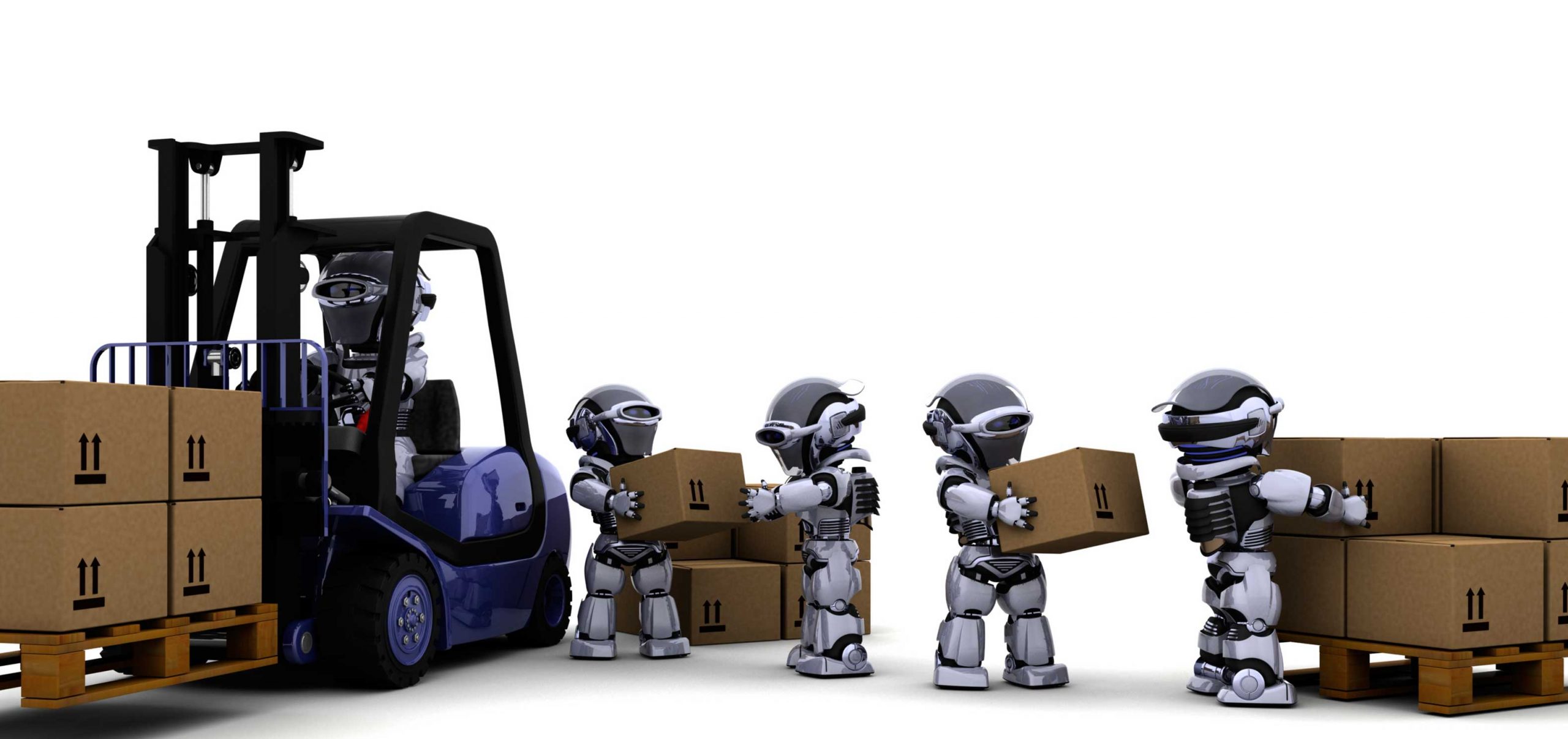

<!--[CDATA[
Record fine for truck cartel – compensation for aggrieved parties It took five years until the decision was finally made. Four truck manufacturers were fined the amount of € 2.9 billion by the European Commission for breaching EU antitrust rules. Daimler, DAF, Iveco, MAN and Volvo/Renault had fixed prices across the EU over a period of 14 years – between 1997 and 2011 – for medium (6-16 tonnes) and heavy trucks (over 16 tonnes). Also part of their agreement: The companies unanimously passed on the costs incurred by the more stringent emission requirements to customers. According to estimates, the cartel prices were about 15 percent higher than the actual purchase prices. Exact numbers will be made available when the respective expert reports are completed. Even with a small fleet, this can quickly lead to a considerable sum. EU Competition Commissioner Margrethe Vestager justified the record fine based on the special importance of road transport for the European economy. “We have today put down a marker,” said the Danish Commissioner. More than 30 million trucks travel on European roads, and take on 75 percent of goods traffic on land. It can therefore not be tolerated, says Verstager, that companies "which together account for around 9 out of every 10 medium and heavy trucks produced in Europe, were part of a cartel, instead of competing with each other.” Four manufacturers admitted their involvement in the cartel and agreed to a settlement. MAN was exempt from the fine, as the company was the principle witness in the proceedings. The Swedish firm Scania did not agree to the settlement, and the proceedings against it are ongoing. In addition to the fines the cartel members now have to pay to the EU, third parties can also claim damages. The sums in question may even be several times higher than the actual cartel fines.
Who is affected?
All persons or businesses damaged by the price fixing can sue for compensation. This includes freight forwarders, freight carriers and ultimately all those who bought medium or heavy trucks by the respective brands in an EU country between 1997 and 2011.
What happens next?
Those affected can try to achieve an out-of-court settlement with the respective truck manufacturer(s). In other words: they offer a settlement amount. If the manufacturer declines, they then have the possibility of suing for damages. Of course, the latter is also possible without prior settlement negotiations. In general, there are several ways of suing. The damaged parties can proceed with individual action, class action or in accordance with a pooling model. To do so, they set up a company to which the compensation claims are transferred. But remember: The claims are subject to a period of limitation. The first deadlines for damaged parties already expire at the end of 2017.



